Search engine optimization is a competitive, ever-changing landscape that requires marketers to adapt fast.
Google changes its own algorithm up to 600 times every single year.
And according to Google itself, it has confirmed this in tweets, “each day, Google usually releases one or more changes…”
Keeping up with changes is extremely hard. But it’s also necessary if you want your organic traffic to be consistent and continue to improve.
You can’t be doing what worked five years ago today and expect the results to last forever.
With changes coming daily and significant updates in the works, SEO is, has and will keep changing as consumer behavior changes.
Google’s search engine is designed for the people, not for the marketers.
We can’t keyword stuff anymore and expect to rank number one.
Now meaningful experiences for users play a key role in success. Creating content that solves user problems faster and more efficiently.
As of late, Google has pumped out a few major changes to the way we conduct SEO practices in 2018 and beyond.
1. The mobile and page speed era is here
Just five years ago, mobile optimization was an afterthought.
You’d optimize your website with keyword-rich content, schema markup, and metadata.
Then, you’d dynamically update your mobile site to capture that bit of mobile traffic that needed it.
You know, the mobile-friendly crowd.
And, you’d simply repeat the process and watch the traffic flood in, mainly focusing analysis on desktop reports and rarely reviewing your mobile reports.
But times have changed.
In 2016, mobile traffic started to become a more substantial portion of the overall internet usage worldwide in comparison to desktop.
With mobile traffic continuing to rise, it’s time to shift our perspectives from desktop first to mobile first.
And that’s exactly what Google is doing with the mobile-first index.
Zenith Media predicts that mobile traffic will account for 79% of all Internet traffic by the end of 2018.
Initially announcing the mobile-first index in November 2016, Google made it clear that mobile was dominating the search engine.
Today, most people are searching on Google using a mobile device. However, our ranking systems still typically look at the desktop version of a page’s content to evaluate its relevance to the user. This can cause issues when the mobile page has less content than the desktop page because our algorithms are not evaluating the actual page that is seen by a mobile searcher.
Let me summarize this for you in plain English:
Most people are using Google on a mobile device.
Conducting mobile searches is more common than ever. Yet Google was still ranking search results by desktop page content and experience.
The disconnect here is that most are on mobile yet website owners are designing for an audience viewing desktop.
This results in bad experiences for users on unoptimized mobile pages.
And Google is all about providing the best search engine to its user base. Which is the majority of the world:
If Google didn’t make the change to rank mobile pages, there would likely be a drop in mobile users not searching with Google due to slow sites and unoptimized mobile pages.
So, they started testing the mobile-first index in 2016, where Google planned to shift its indexing to mobile pages before desktop, providing better browsing for the majority of users.
As you can imagine, this was a pretty significant shift. And, it left the industry with a lot of unanswered questions.
If your website is not optimized for mobile, you could see a drop in traffic and rankings.
Just recently in March 2018, Google announced that it was “rolling out mobile-first indexing,” giving users messages in their search console to inform them:
So, what implications does this have for you?
It means that you need to have a functioning mobile site with content that matches your desktop site.
This can be achieved with a responsive mobile site that dynamically updates content from desktop to mobile.
Or, if you’re using an m-dot site, you need to update content from your desktop to mobile manually.
If you’re using WordPress, I recommend using a plugin like WPtouch to move your site to responsive.
WPtouch allows you to transform your site into a responsive, mobile-friendly site with the click of a button:
You can instantly edit your mobile site themes, and content will transfer dynamically as you make edits on the desktop version.
You can even create landing pages specifically for mobile within the plugin, making it great to prepare for mobile-first indexing.
After you’ve got a responsive site setup, turn your focus to improving page speed and designing a better user experience for mobile users.
If people are bouncing from your site within seconds, Google knows that.
And trust me, it isn’t going to keep your page ranking first if the average time on site is five seconds.
That’s a clear signal that user’s problems aren’t being solved with your content or UX, making it irrelevant.
On top of that, 85% of online users won’t return to your site if they have a bad experience on mobile.
Poorly designed UX isn’t the only cause of that bad experience.
Mobile data collections show that mobile landing pages are dreadfully slow:
In fact, they take on average 3x the best practice to load.
And these slow load times lead to hugely inflated bounce rates:
You can’t risk a slow mobile site. Not when page speed is a mobile ranking factor now.
To keep up, eliminate heavy page elements and keep a simple design. I’ve been testing this on my mobile site with great success so far:
I have removed big elements and compressed images to create a simple, sleek design that is easy to read and use.
Try using plain white backgrounds with black text that is big enough for mobile.
Simplicity is key. Don’t use heavy CTAs and big images that slow your site down.
Simply put:
Mobile UX and speed are crucial to success in SEO right now.
Since that was a ton of information, let’s recap:
- Mobile-first indexing is rolling out
- Your content on desktop should match mobile
- Focus on improving your site speed
- Make sure that mobile pages are fast and simple in design
Follow these steps, and you will be prepared to take on the new mobile-first index. The state of SEO is changing, and mobile is becoming king.
2. Zero-result SERPs: SERPs are changing fast
With changes to Google’s algorithm, we’ve seen massive changes to the search results page over the last decade.
Back in 2010, our search results looked like this:
These simple results are vastly different than a given search engine results page in 2018.
Even in 2013, SERPs underwent massive changes, including different snippets, demographic categories, and social mentions:
But now, our SERPs contain tons of new elements, like answer boxes and frequently asked questions regarding the topic you search for:
Or detailed knowledge graphs for specific companies, displaying very complex and detailed information directly on the SERP.
For example, with the Evernote image above, you can find its social media profile, iTunes app, and Google Play link without ever clicking on its website.
You can even find a detailed product description, screenshots, and software compatibility data directly on the graph.
There is almost no need to click on actual search results anymore.
And, we see this because of the rise in voice search and artificial intelligence (AI).
With voice search and AI, searchers can order goods, make suggestions, and talk about current events. Searchers are now presented with one answer.
This shift has been dramatic and often worries SEOs: will people even click on our links now?
More recently, in March 2018, Google tested zero-result SERPs, where only a single piece of information was displayed in the form of definitive answers or knowledge cards:
To see any link-based results, you’d have to click “Show all results.”
If not, the entire Google SERP is taken up by this simple answer.
Meaning all of those standard results you’d expect when searching for the time…
…don’t show up without the extra effort of clicking the results button.
While only limited to a select grouping of searches, it’s a telling sign that Google is consistently refining the search engine results to be less link-based and more results based.
It allows users to get answers faster than ever before without the need to read a 5,000-word article.
Instead, the most important bits of information are fetched from top content sites and utilized in the results:
Data shows that while this test was being conducted, and many experienced the effects for a few days, most current results pages still display with the traditional ten links:
The fact of the matter is:
SERPs are changing. Fast.
And we can’t sit back and watch our rankings dwindle down.
Instead, SEOs have to get ready for the future SERPs and how different they will likely be.
We need to start focusing on generating better content, even if it means answering the questions before users click.
Right now, try targeting keywords that don’t have rich results or knowledge cards/graphs.
Conduct simple searches on Google to see what the search results look like:
If you notice standard results, this is a good sign that you can expect a ton of organic click traffic and these terms are likely great to target while you can.
SERPs will change over the next few years. Prepare for it while you can.
3. PageRank patent is a game changer for link building
Last month, Bill Slawski of SEO by the Sea, published an article announcing that Google had made an update to its PageRank patent.
This update to its patent describes how Google’s algorithm will affect the way websites are ranked.
The patent goes on to explain how Google will calculate link distances between authoritative websites and spam sites using a web-link graph.
Essentially, Google is creating a map of your links. Something like this.
And, within that map, Google is looking for the shortest path to seed spam-free websites.
So, you want your link map to consist of the most authoritative, trusted domains with the shortest way to get back to your website.
Nothing new, right?
Guess again.
This update gives smaller niche websites a chance to outrank more prominent websites.
Why?
Just because you have more links, doesn’t mean you have the high-quality links.
For example, if you’re a small website competing against a Buzzfeed or Amazon for a search query, you may outrank them if your link map consists of more niche, trusted sites.
The goal is to have a reduced link graph with niche, spam-free websites linking to one another.
This is only the starting point for ranking. Google uses over 200 different factors to rank your website.
The key to ranking with Google’s PageRank is to provide relevance in links and content.
4. March 7 algorithm update: “Brackets.”
On March 7th, 2018, rankings were shifting for tons of people in the SEO community.
Just a few days later, Google confirmed the updates as a “core update” to the algorithm.
Due to the update being live in March, G-Squared Interactive coined the core update as “brackets” to reflect March Madness:
Over a few days that the update was pushed live, Glenn Gabe from GSQIS started to notice fluctuations in rankings, rich snippets, and more:
This prompted tweets from Google’s Search Liaison account, confirming the updates:
So, what exactly happened here?
Websites with little content relevance were primarily affected, sending rankings for companies to either jump high or fall heavily.
Many SEO marketers suspected this update was targeted at low-quality websites.
As Glenn speculates on the “brackets” update:
“This was one of the biggest updates I’ve seen in a while. It seems Google once again improved how it assesses quality, and with Google always looking to surface the highest quality content for users, that’s a really big deal.”
However, John Mueller cleared things up during a Google Webmaster Hangout on April 6th.
He went on to explain that if your site was affected by the March 7 update, it is not an indication of a low-quality site, but more about content relevance.
Meaning your website is attempting to rank for specific queries that might not be relevant to the user clicking through to read them.
Your content has to connect the dots to search queries. Bounce rates must be reduced. Anything and everything you write and publish should be relevant to the reader.
This update comes out just two months before Google Research’s release of Ask The Right Questions: Active Question Reformulation with Reinforcement Learning (PDF).
This paper explores the machine learning algorithm that uses the Reinforcement Learning approach.
Essentially, this algorithm decides what to display in the SERPs using machine learning structured around user intent.
And, we might see Google create its own content in the SERPs soon.
Content is still king. But content for the sake of creating more isn’t.
Improving content relevance bridges the gap to user intent.
With this new update, it’s time to focus on creating more content that is useful to your readers and improving your design.
Run a basic audit of your existing content to see where you can improve it.
For example, comb through your latest blog posts and ask yourself the following questions:
- Does this provide value to the query?
- Can I include more information that others are probably also searching for?
- Does my content solve the problem with actionable, detailed steps and examples, or does it merely point out the problem and tell (instead of show) the fix?
If you are struggling with content ideas or ways to improve existing posts, use Google to your advantage.
Remember those question boxes I showed you earlier? These ones:
Turn those questions into a long-form post about PPC. Take each question and use them as your H2 headers to structure an outline.
These topics are all interrelated. People want to find resources online, not a simple post that tells them how great SEO is without teaching them how to do it.
And, don’t be afraid to ask for input from your visitors. Get feedback from your visitors to gauge how they feel about your website and content.
Then, expand and improve your current content.
As for website design, you should always be assessing your landing page metrics in Google Analytics:
Work to improve your time on site and reduce bounce rates by creating engaging content pieces.
Simplify your blog structure and website design to focus on content and usability.
And, conduct a quick SEO audit to make sure Google can crawl your content and that your content is being indexed correctly.
With this latest update, one thing is guaranteed:
Quality is more important than quantity.
5. HTTPS
The speed update isn’t the only update coming in July this year. Google announced that also in July all sites still using HTTP would be marked non-secure like this.
And, now Google issues its final warning stating that by October 2018, all sites using HTTP will be marked with a strong red warning.
It’s important to note that this will affect all websites that are opened using Chrome.
While this does not affect your rankings, this will eventually affect your bounce rate and the user experience.
Which, in turn, affects your rankings.
Adrienne Porter Felt, software engineer and manager on the Google Chrome Security Team, took to Twitter to share the importance of HTTPS.
She stated, “HTTPS is a foundational part of web security. It’s a grassroots effort that worked hard to get leadership support.”
It’s important to note that it’s not just Google pushing for the move to HTTPS.
Mozilla, inventors of Firefox, are pushing for secure Internet.
However, Bing is not on board with this…yet.
But, it’s clear, that HTTPS does affect ranking.
SEMrush proves that in recent research. They discovered that the higher position in the SERPs, the more HTTPS sites existed.
And, Searchmetrics discovered Google is already placing higher value on HTTPS sites for specific industries.
Luckily, there’s still time for you to migrate from HTTP to HTTPS before the launch in July.
However, before migrating, you’ll want to make sure to take the right steps. Otherwise, your organic traffic could end up like this.
To prevent a drop in traffic when switching from HTTP to HTTPS, review the following:
- Make sure that all versions of your site redirect to the correct HTTPS version, including canonical tags.
- Update all internal links pointing from HTTP to HTTPS.
- Submit a new sitemap with the correct HTTPS link.
I’d recommend running a full SEO audit of your website before going live with HTTPS to ensure you’ve covered all your basics.
And, before you get started, get all hands on deck for any potential issues that may arise when you’re ready to go live.
Conclusion
SEO is a rewarding and frustrating marketing tactic.
When your efforts pay off, they can result in big wins for your traffic, sales and ultimately, your bottom line.
I’ve grown multiple businesses off SEO alone. But SEO is also frustrating.
With 600 algorithm changes every year, staying on top of the best practices is brutal.
What worked last year might be out of style the next.
And those tactics you just spent money investing in could be outdated by next quarter.
It’s a constant uphill battle, but staying on top of changes can produce a significant profit.
The latest updates and reports point toward a mobile shift:
The mobile-first index is rolling out, and while Google says it doesn’t directly impact rankings, we can assume that it’s highly likely to in the near future.
With zero result SERPs and voice search, we can gather that SERPs are changing fast and moving toward instant answers.
Social media is still a big player in SEO, but it’s becoming harder than ever before to stand out.
Lastly, with the latest core update, content relevance is becoming harder to make. Seek to improve your content every single day to benefit from better rankings and avoid potential drops.
SEO is changing. Keep up to date with these latest algorithm updates and reports and you will be on the right track for continued success.
What are some SEO predictions you have for the coming year?

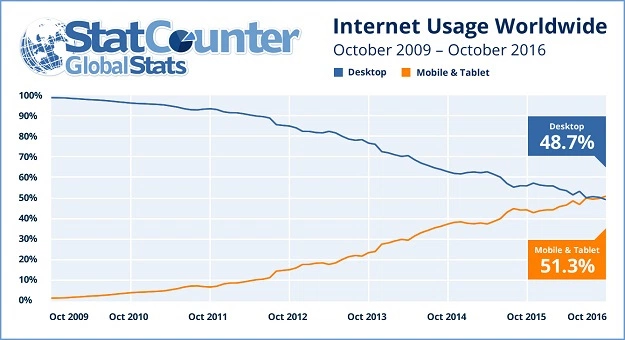

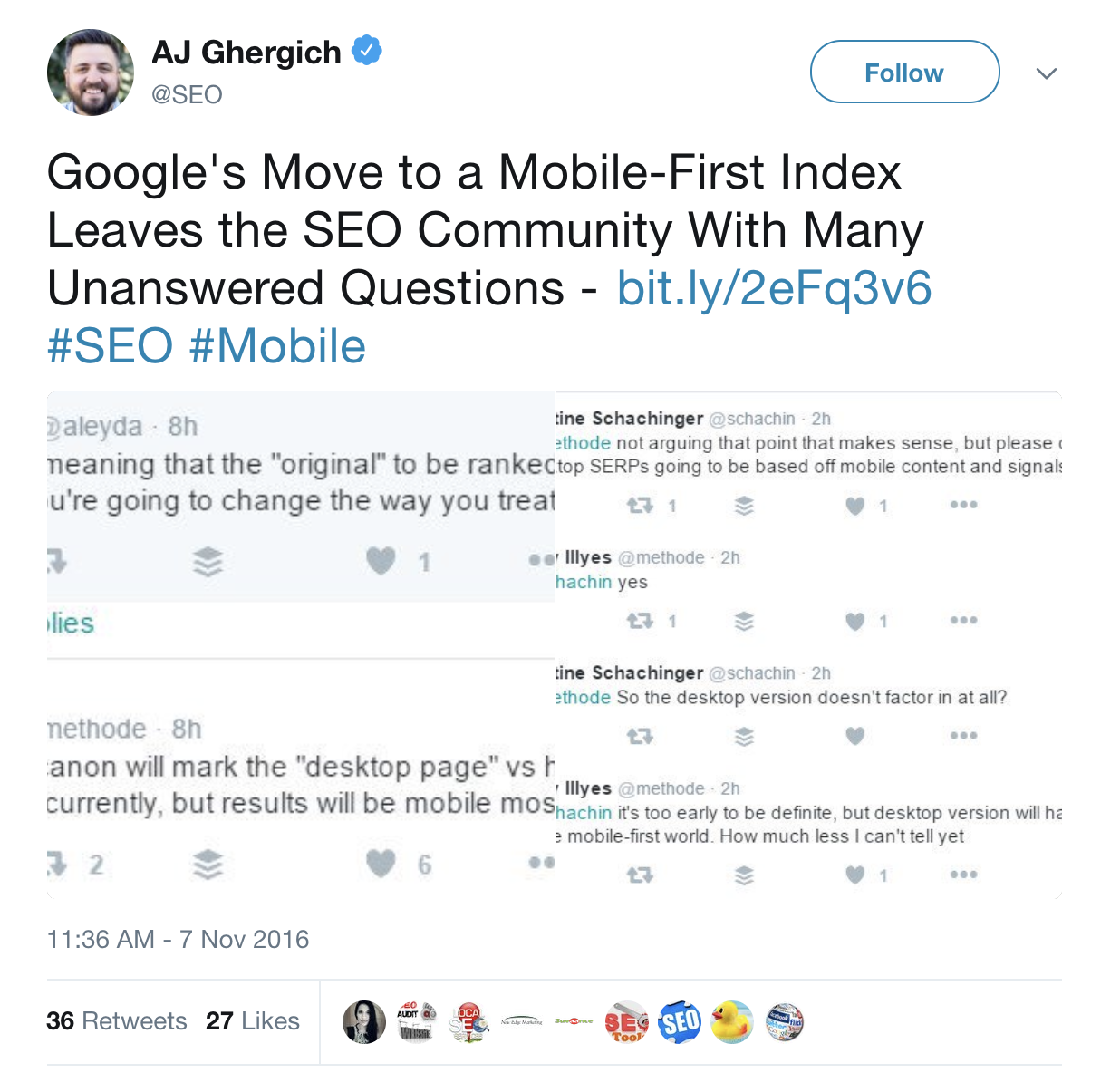
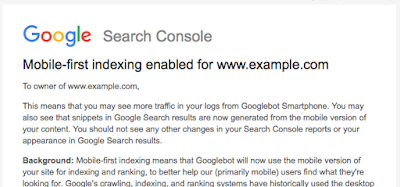
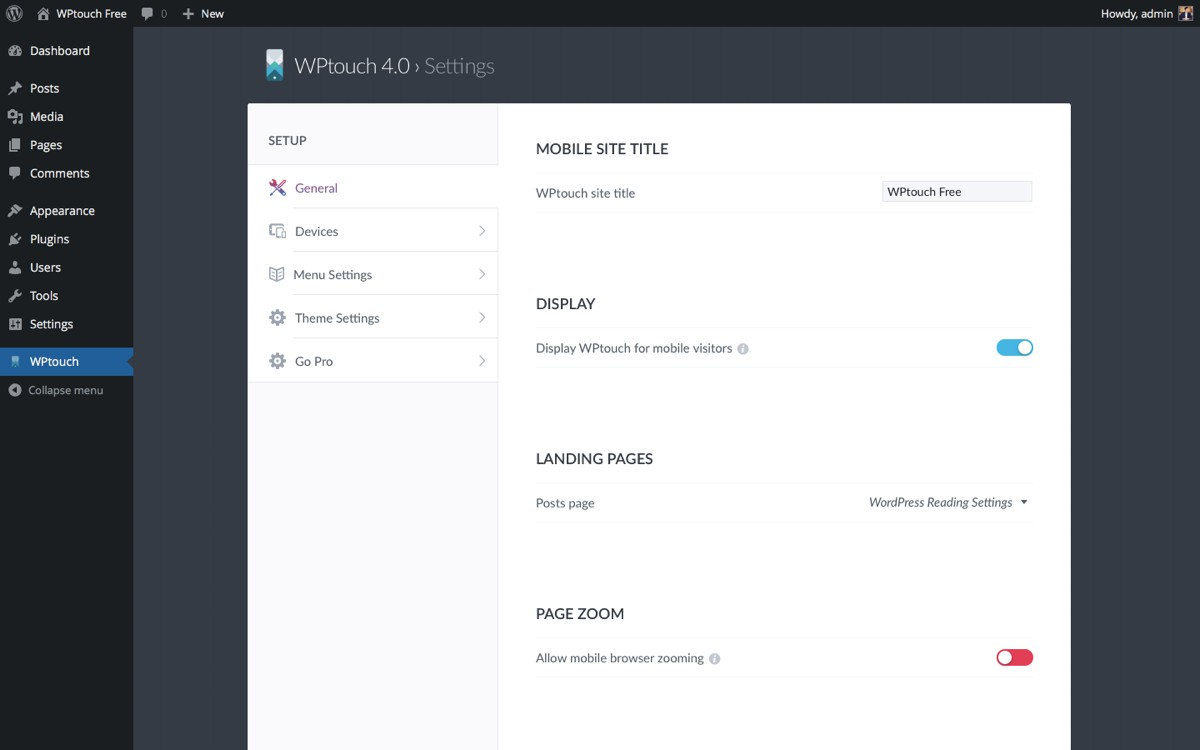

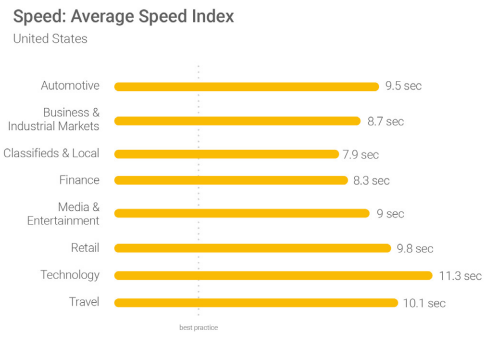
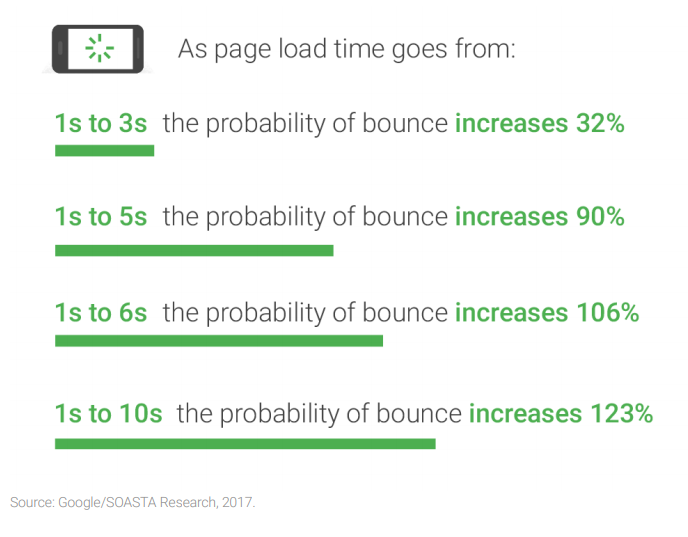
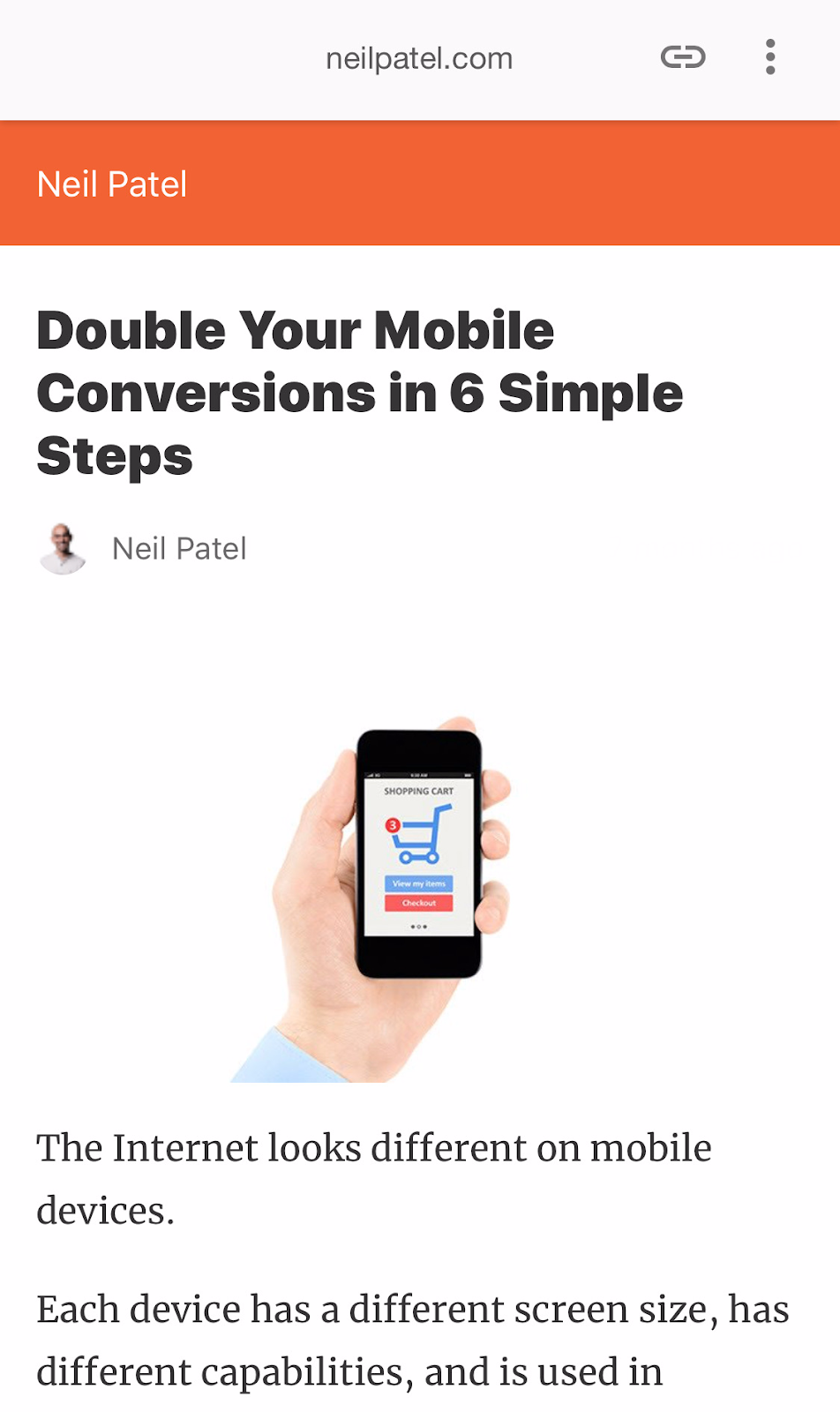

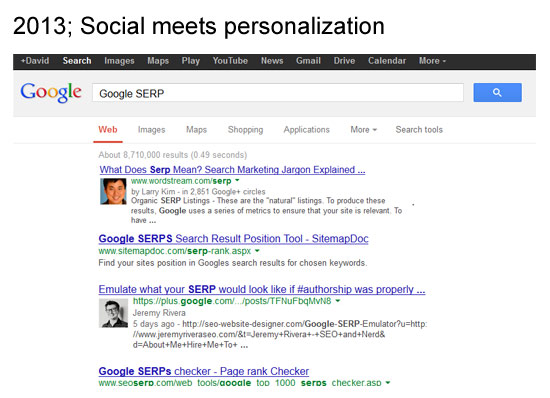

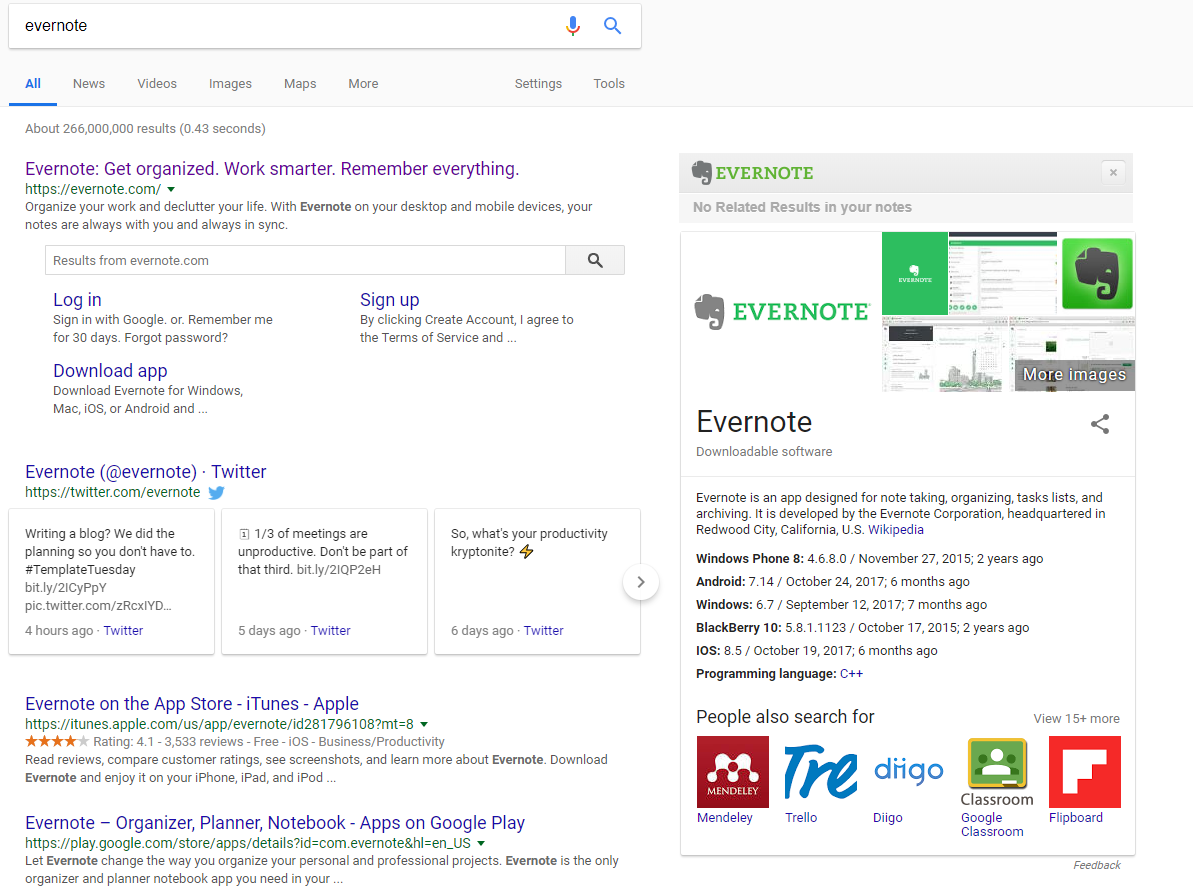
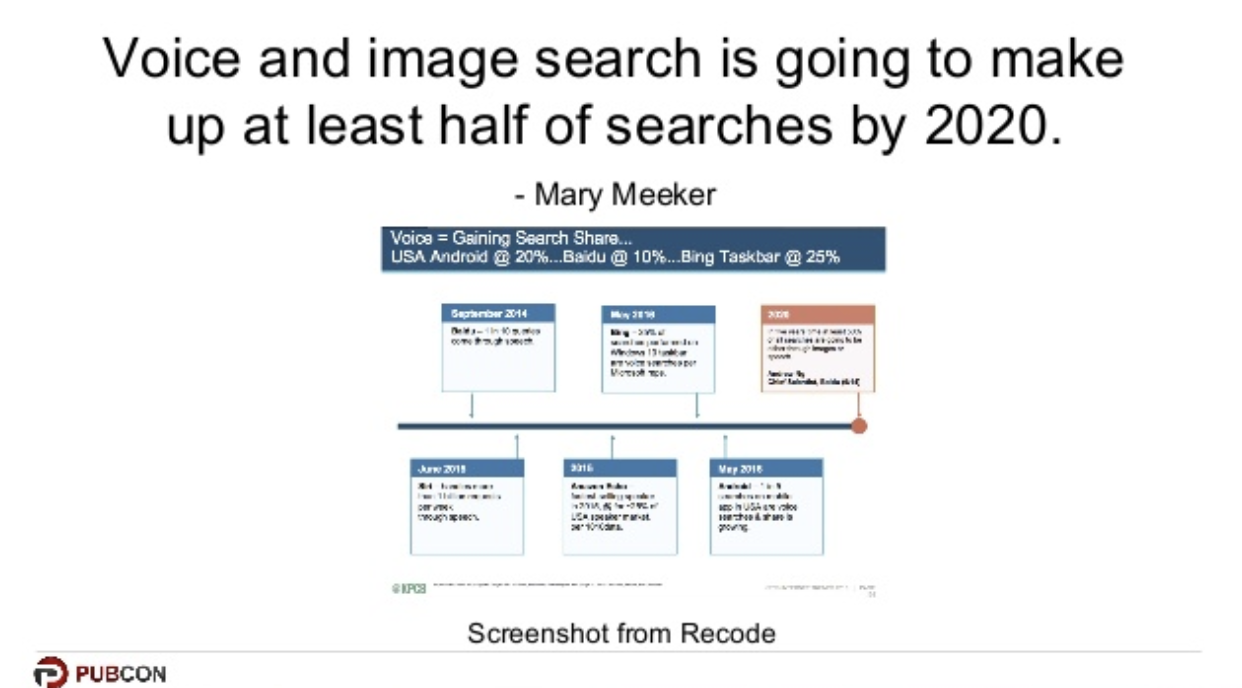
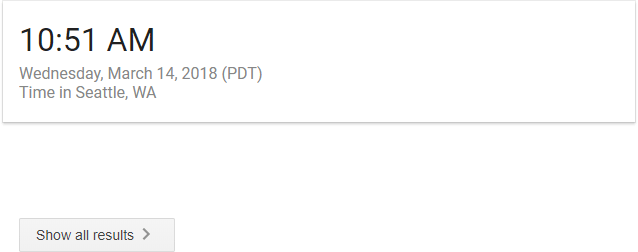
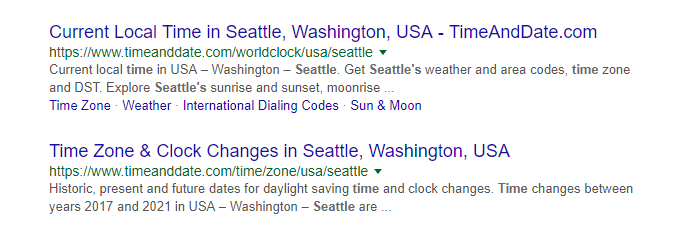
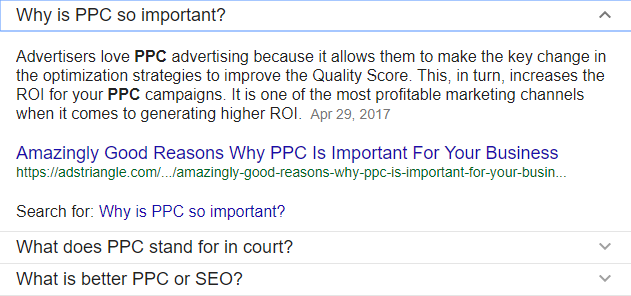
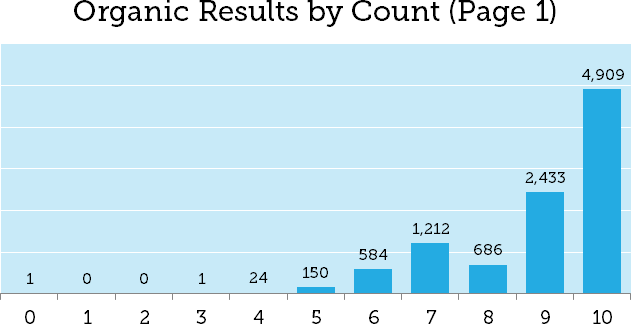
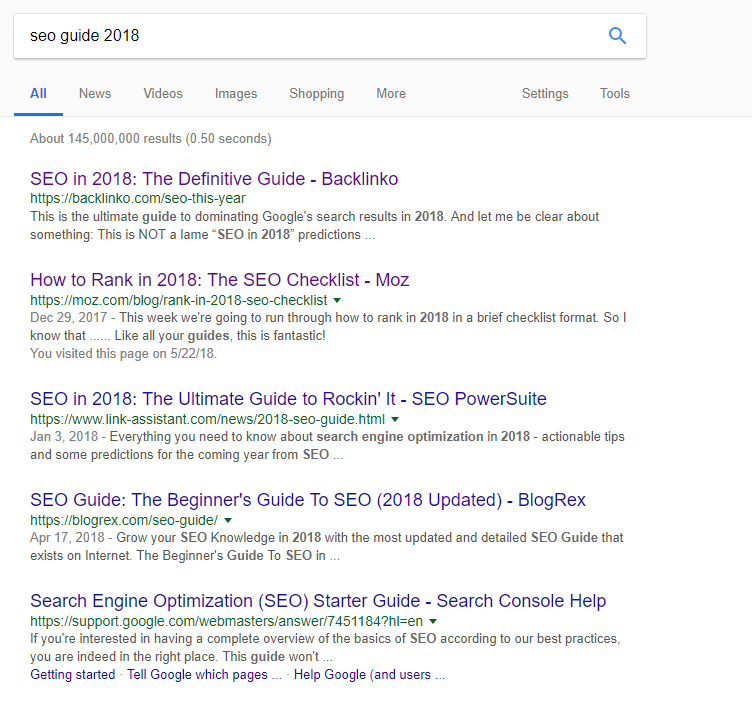


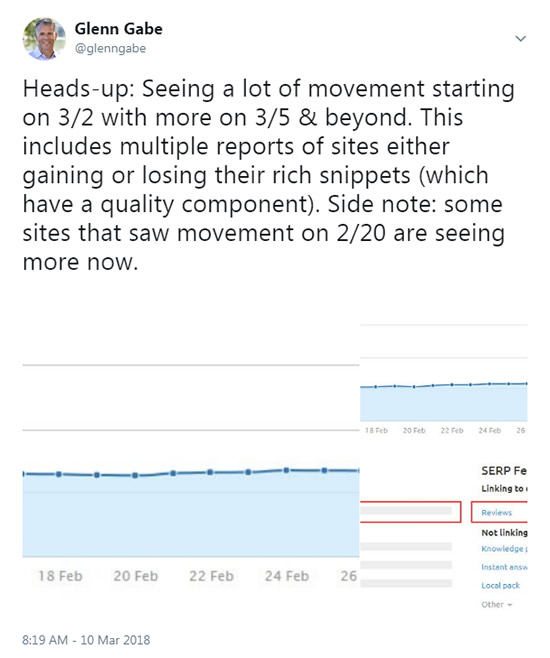
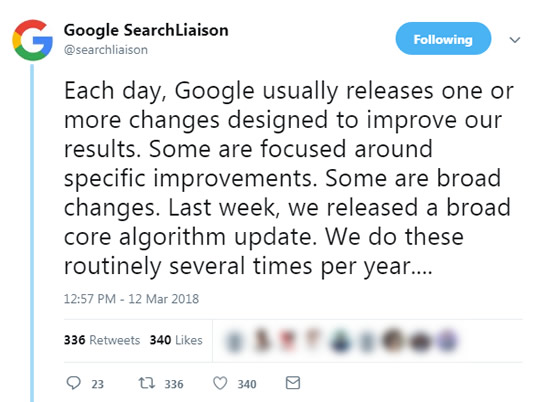

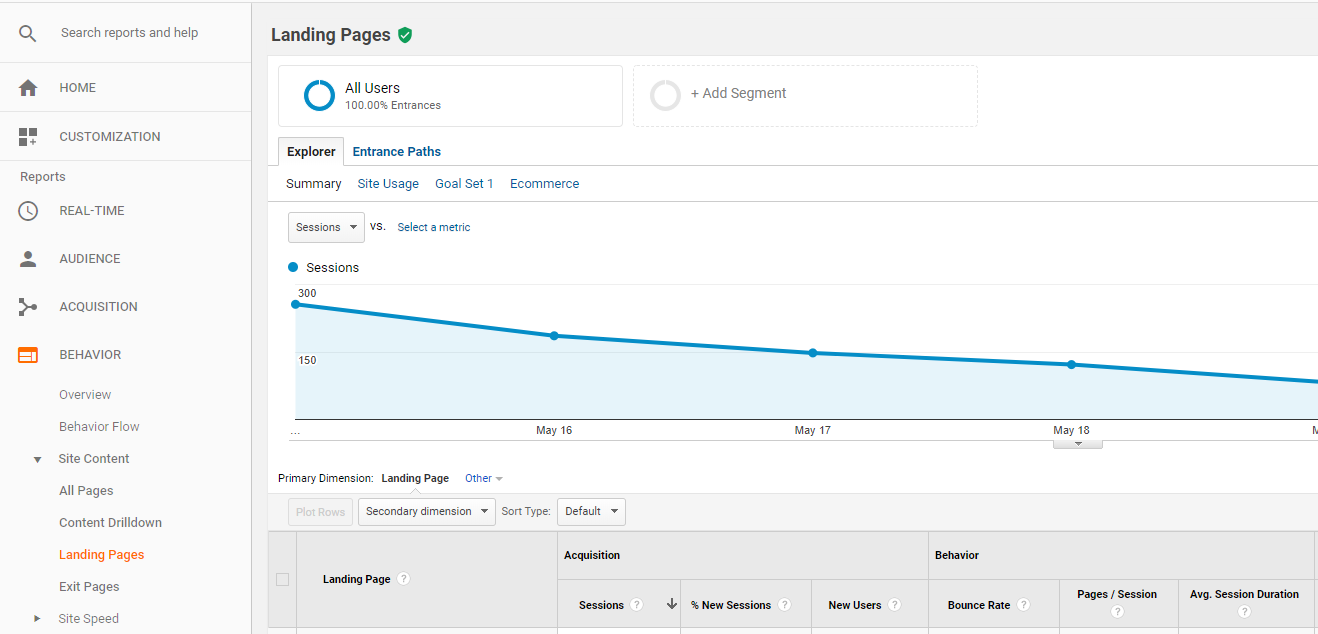
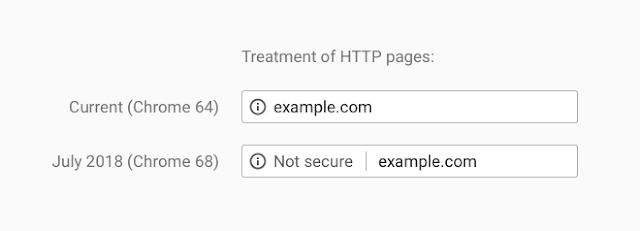

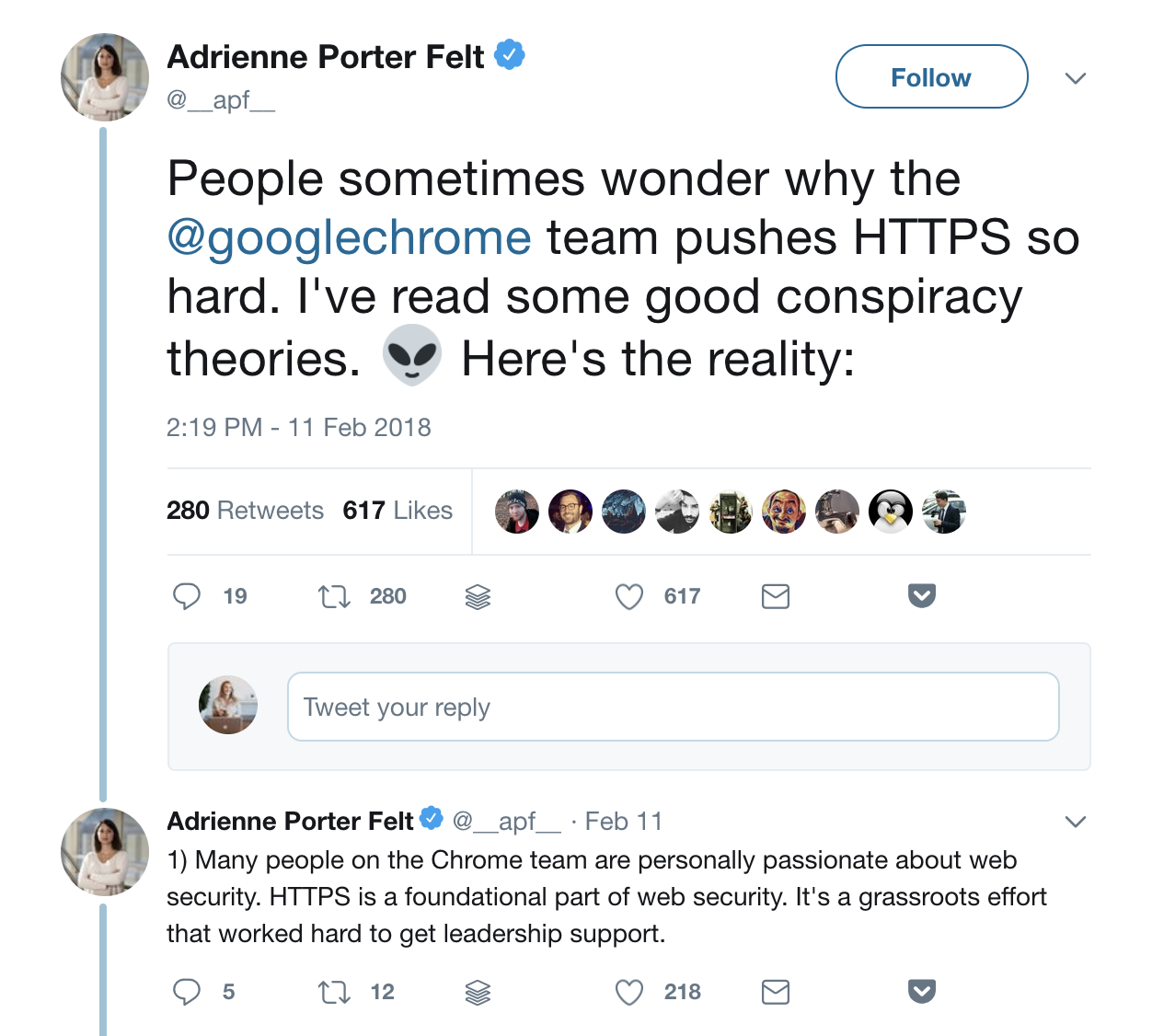
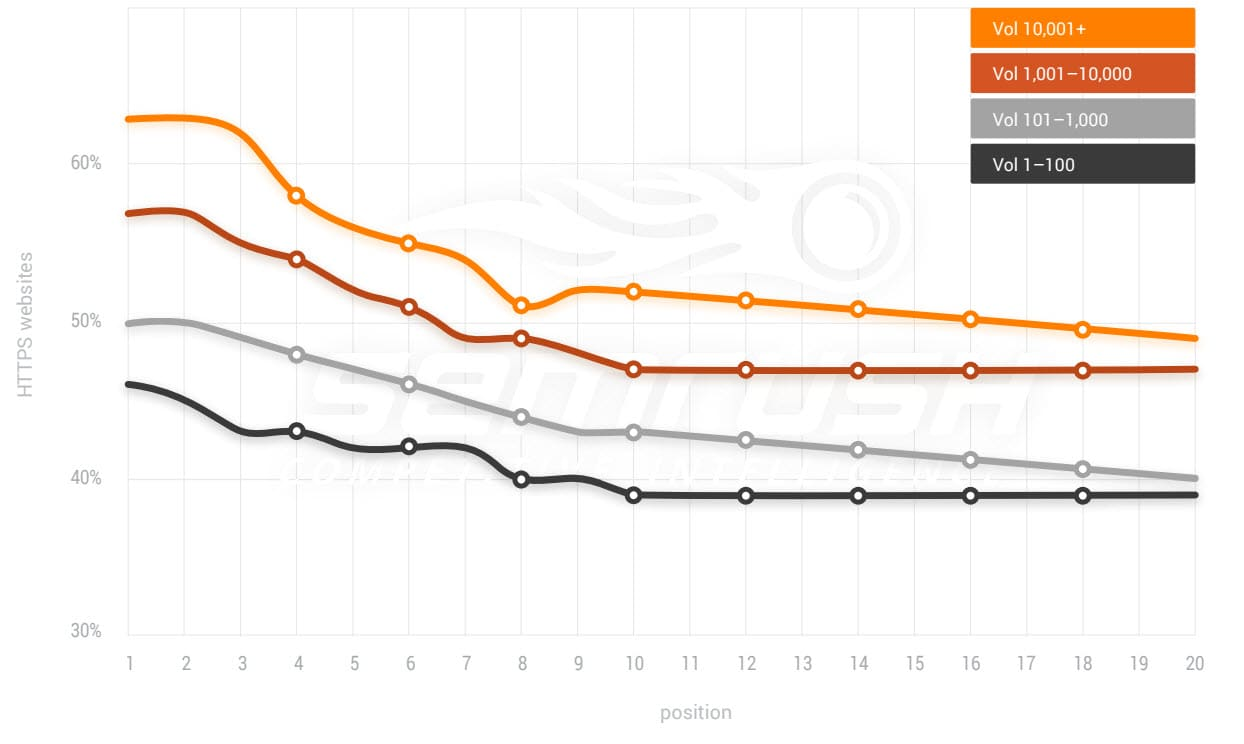

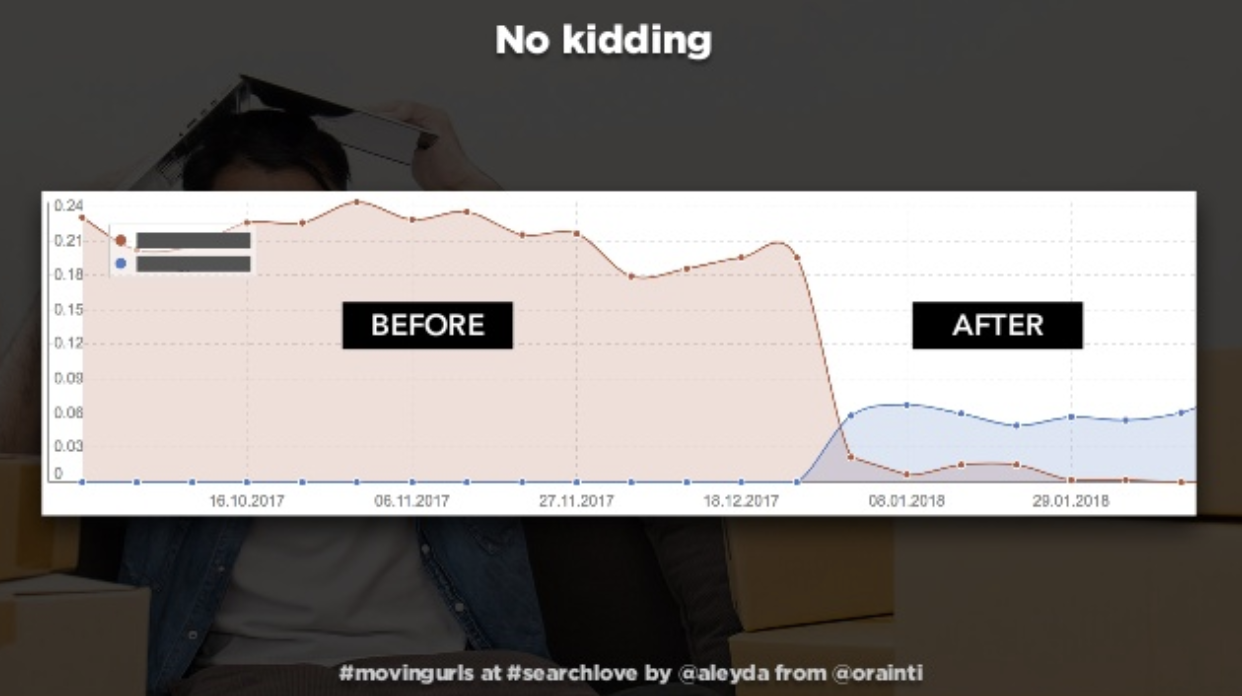
Comments (36)